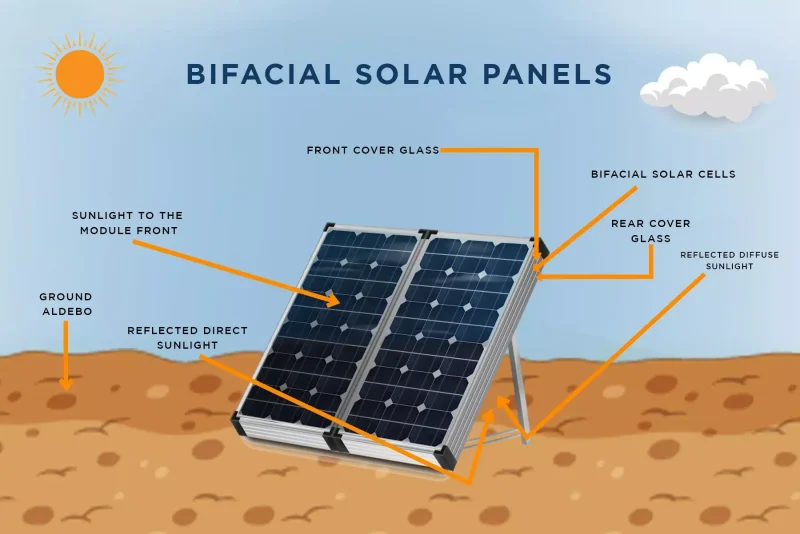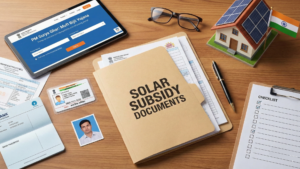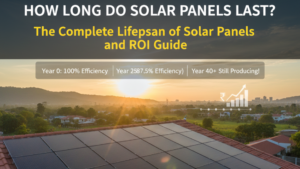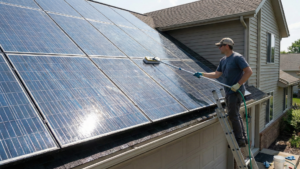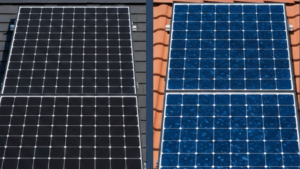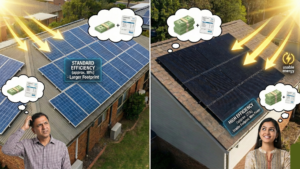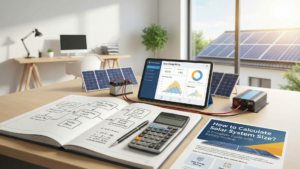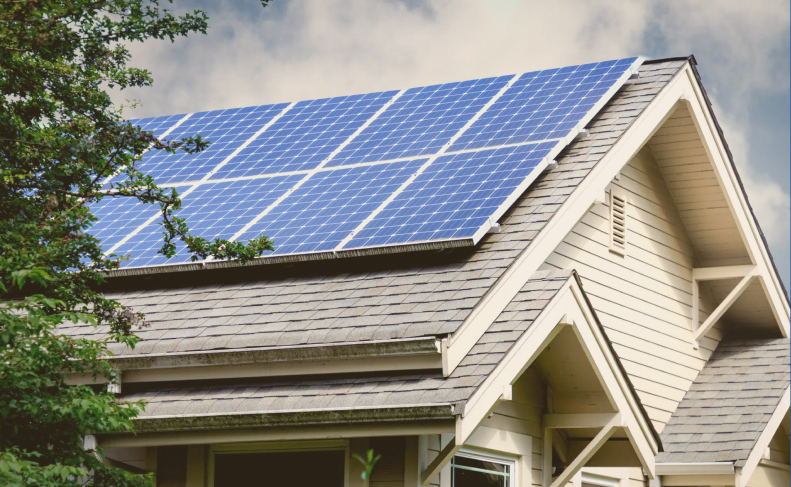Today the world is dealing with global warming, which is warming our mother earth. Electricity is produced using fossil fuels which emit greenhouse gases in the air. Bifacial solar panels seem to be a good option when opting solar installation
Solar is an untapped energy which will free people from ever increasing electricity bills and make the world on the path of zero pollution again. We can achieve the mission of carbon neutral by using Bifacial solar panels PV system.
What are Bifacial solar panels?
Bifacial solar cells are made up of silicon. A bifacial solar panel is one where two cells are stacked together in opposite direction.
Bifacial panels are a type of panel designed to capture sunlight from both sides, unlike traditional solar panels that only collect sunlight from the front. They achieve this by having solar cells on both the front and back surfaces of the panel.
How Bifacial solar works
It generate electricity in a three-step process that leverages sunlight from both sides:
- Absorption: Sunlight strikes the front side of the panel. Here, the photovoltaic cells, similar to those in traditional panels, absorb the solar energy directly.
- Reflection and Absorption: Unlike traditional panels with an opaque backsheet, bifacial panels have a transparent back layer. This allows some sunlight to pass through the front cells and reach the backside. The key here is the design of the back surface. It reflects a significant portion of this light back towards the cells, enabling further absorption.
- Electrical Conversion: The absorbed sunlight, from both the direct hit on the front and the reflected light captured on the back, triggers the photovoltaic effect within the cells. This effect converts the light energy into electricity. The generated electricity is then collected and channeled for various applications.
How is Bifacial different from Monofacial solar panels
| Feature | Monofacial Solar Panels | Bifacial Solar Panels |
|---|---|---|
| Light Capturing | Front side only | Front & Back sides |
| Energy Production | Direct sunlight | Direct + Reflected sunlight (up to 30% more) |
| Cost | Lower | Higher |
| Installation | Easier | Specific considerations |
| Suitability | Any surface | Reflective surfaces (white roof, light colored ground) |
Pros and Cons of Bifacial solar panels
Advantages:
a. Increased Energy Production
b. Better Performance in Diffused Light
c. Potential for Reduced Costs
Disadvantages:-
a. Higher Cost
b. Installation Requirements
c. Dependence on Reflective Surface
d. Limited Availability
Final conclusion
While bifacial solar panels boast efficiencies around 22%, they come with a slightly steeper price tag compared to traditional panels (about ₹1 more per watt). However, thanks to ongoing advancements, bifacial technology is becoming more affordable, making them an increasingly attractive choice for homeowners looking to power their residences. The potential for higher energy output due to their double-sided light capture is a major driver of this trend
